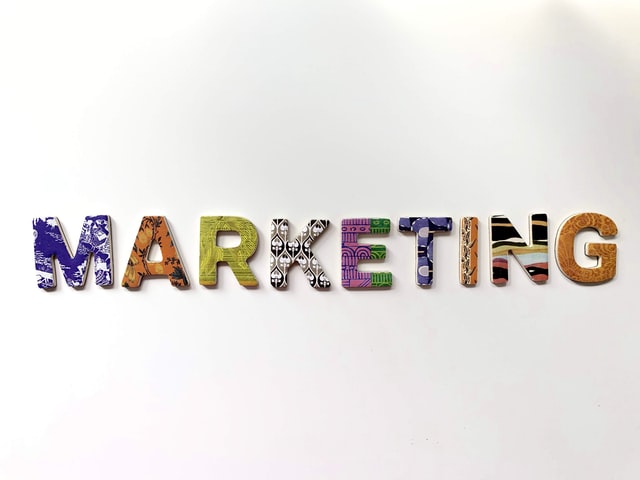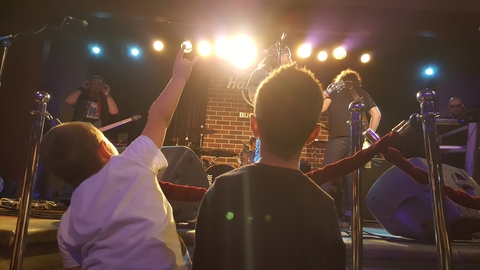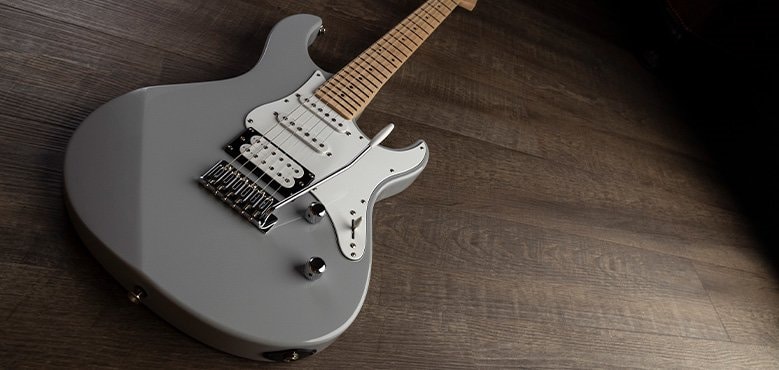How to Launch your Digital Marketing Strategy

Check out our top tips on how to use online opportunities to enhance your music career…
The digital world is one resplendent with opportunities for many aspiring musicians and artists.
From developing your own website to putting together an effective content strategy, there are numerous ways you can use digital marketing to engage with and grow your fanbase.
But how do you work out where to start? In our new guide, we explore some of the opportunities and challenges for artists looking to harness the potential of digital…
Set up social media profiles – and keep them active
Social media is a key part of your digital marketing strategy. If used effectively, then you can use these platforms to connect with fans and tastemakers, promote your gigs, sell merch and much more.
When you start out, think about which profiles you’d like to use. With Twitter, Instagram, Facebook, YouTube, and TikTok, there are plenty to choose from so maybe just utilise a couple when you kick off your digital marketing. This way, you shouldn’t stretch yourself too thin and spend all your time creating content for these profiles.
You also need to keep them active and ensure all the information – such as imagery, biography, links to music – is updated. Many music industry professionals head to social media when they first hear of new artists. If your Instagram account only has one post, no bio and is full of spelling mistakes, then they aren’t likely to return.
Use analytics to find and grow your audience
Don’t just post content on your social media channels, then forget about what you’ve shared. Instead, take advantage of all the analytics and data the likes of Spotify and Facebook offer to really focus on what works and what doesn’t.
These social media profiles can provide you with plenty of information on your potential audience, where they might be and what type of content they respond to. You can look in the analytics for each of your profiles, explore the information, then use this to inform your future social media strategy. This should enable you to be more precise in the targeting and creation of your content. If you get this right, then this is a sure-fire way of increasing your audience.
Reach out to influencers
Recommendations from music industry tastemakers can be worth their weight in precious social media engagement if you manage to make a positive impression.
So use your networks to contact and message promoters, bloggers, DJs, and anyone else who might like your music and be willing to shout about it. If you are just starting your music career, then do some research and work out who the best contacts and journalists might be for your particular musical style or genre. If you’re a jazz artist, then there’s no point in contacting a heavy metal journalist as they are unlikely to respond.
Create a spreadsheet, add the (relevant) contact details and focus on doing a round of emails to them every time you release new music or perform a show. Try not to bombard them with messages and tailor each email rather than sending something generic.
Work to a digital marketing strategy
With so many different digital channels available, your approach to content can become confusing without a strategy in place. So before you start posting, sit down and draw up a plan around your digital presence. If you have new music or a gig coming up, then use this as a good point around which you can map out your plan.
Think about the kind of content you’ll be posting too and invest some time in creating some great, engaging assets. This can range from behind-the-scenes videos, photos of rehearsals to gig posters and links to new music. Keep the kind of content varied and this should ensure you can keep any potential fans engaged.
Create different forms of content
As we’ve mentioned, creating different types of content can be a great way of building your audience and ensuring that they don’t become bored with your profiles. Consider how you can utilise each digital channel to show off more of your personality and artist brand, whether that be in the form of blogs, playlists or even newsletters.
You can be as creative as you want but to try and ensure that anything you produce remains aligned to your artist identity. You need to reinforce this with relevant imagery and wording, then be consistent across all your channels too.
Compile an Electronic Press Kit
If you’re looking for regular gigs or just an easy way of showing promoters and journalists what your project is all about, then an Electronic Press Kit (or EPK) can be an effective solution. This should feature all the relevant assets you need to impress tastemakers – so rather than having to come up with some new marketing copy around your project for each contact, this can just be shared (alongside a personal email of course).
Your EPK should contain an artist image, bio and links to music alongside details of any live performances you have coming up. Don’t send huge files, make sure you update your EPK when needed and check it for spelling mistakes and grammatical errors. Both will leave the wrong sort of impression with those you are trying to win over…
Our Music Business for Artists online course will teach you how to create a website and market yourself on social media; record, produce and collaborate with others; and build an impressive portfolio – including an electronic press kit (EPK) for that perfect pitch.
Establish a community around your music
Creating authentic connections with your audience can be essential in developing a fan base who care about you and your music. One way of doing this is by creating a mailing list via your social channels and live performances.
Writing a monthly newsletter to share through email is a direct line of communication to potential fans. If you offer them exclusive access to gig tickets or new music, then this can be an effective way of establishing loyalty and ensuring that the recipients stay interested in all your musical adventures.
Keep all digital marketing strategies in a state of review
Your online marketing should be a fluid entity and change when needed. Review what works and what doesn’t online. Use your analytics when necessary and remember to keep everything updated when you can.
You need to think of your digital presence as your shop window and it’s important to keep it looking as fresh as possible…
From the blog

Rockstars in Training: The Best Kids’ Electric Guitars for 2024

Redefining Your Riffs: How Electric Guitar Strings Shape Your Sound


